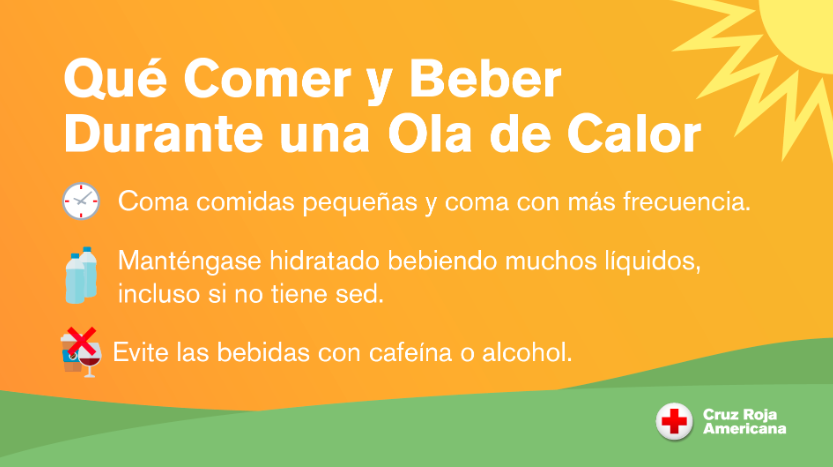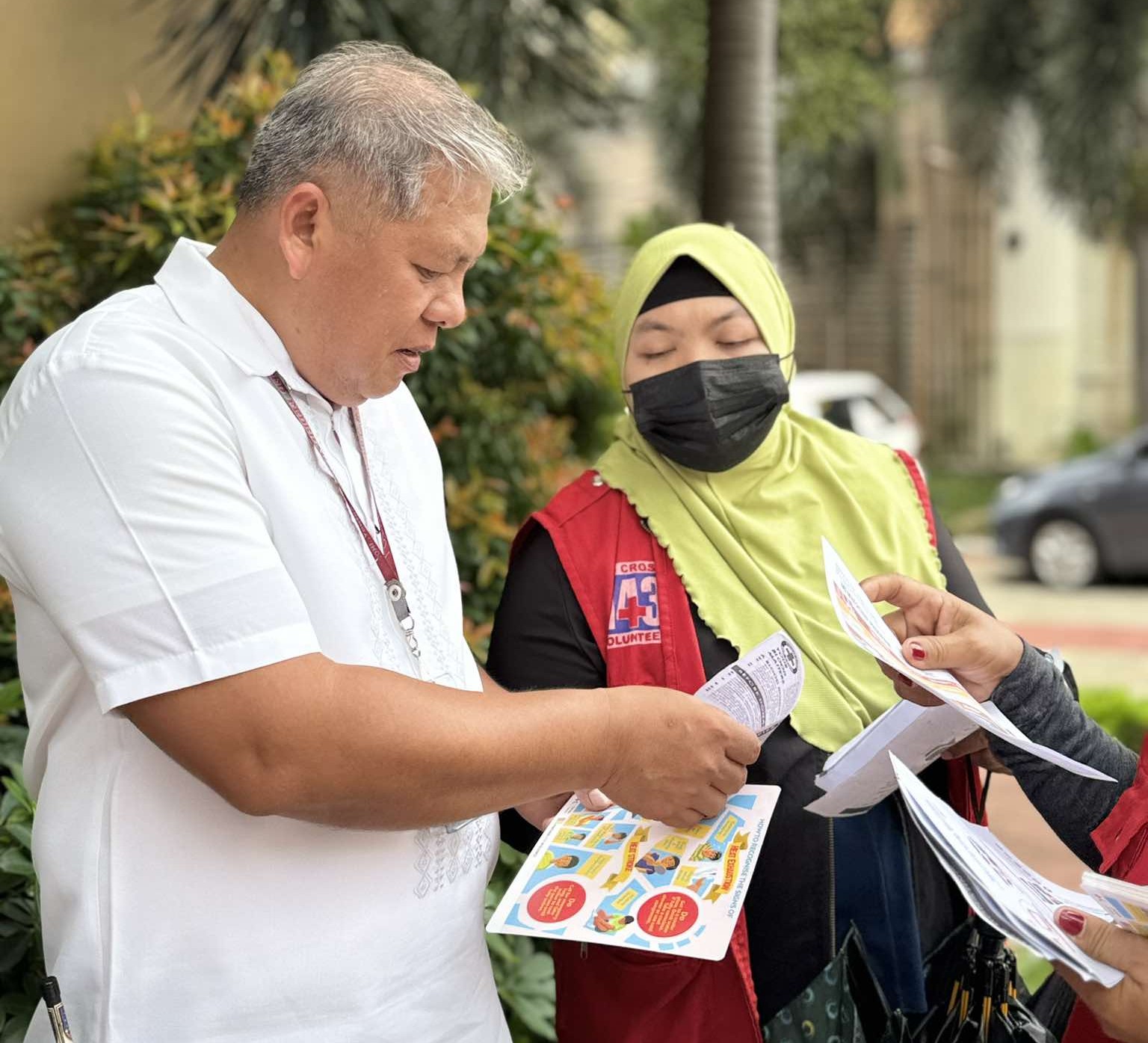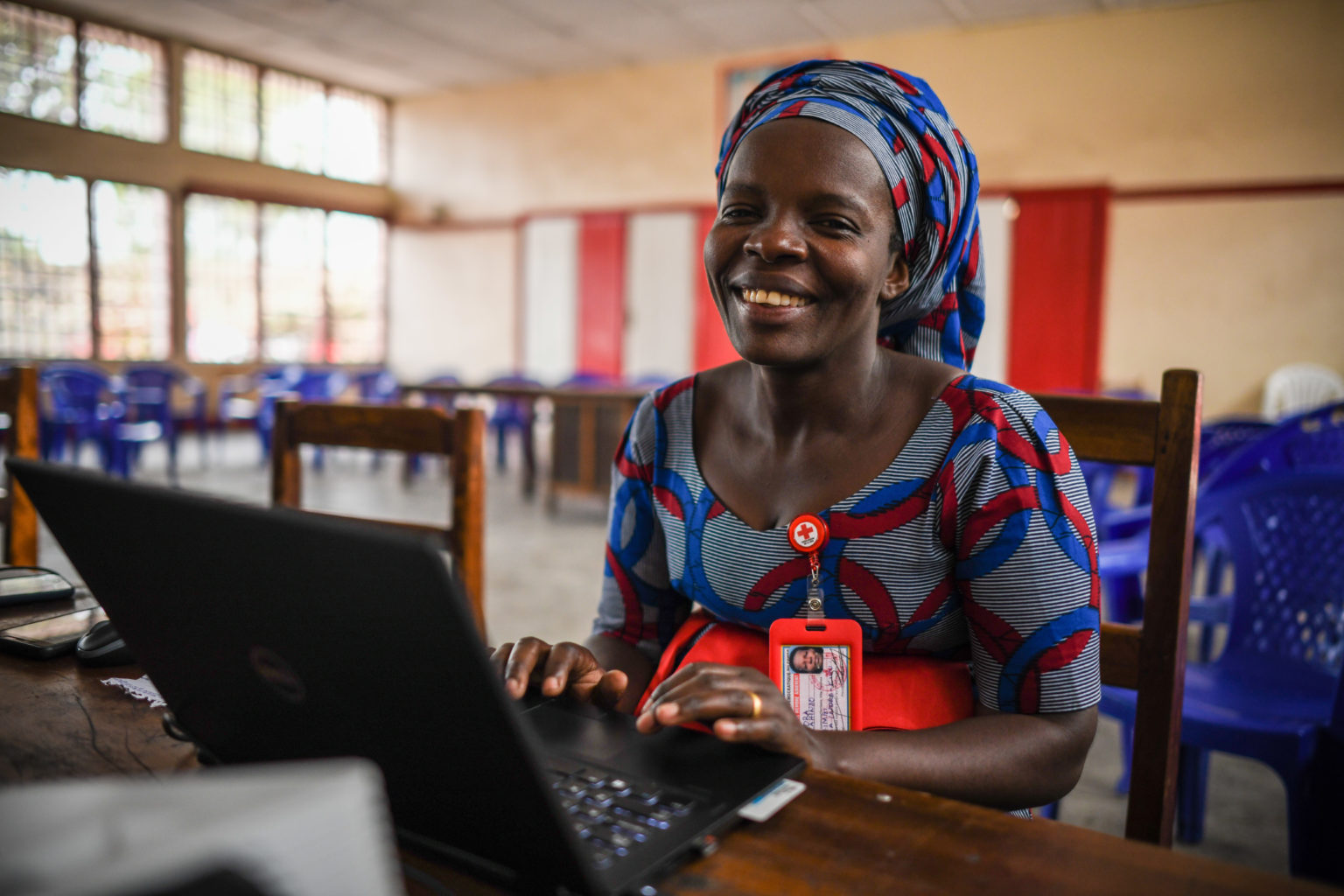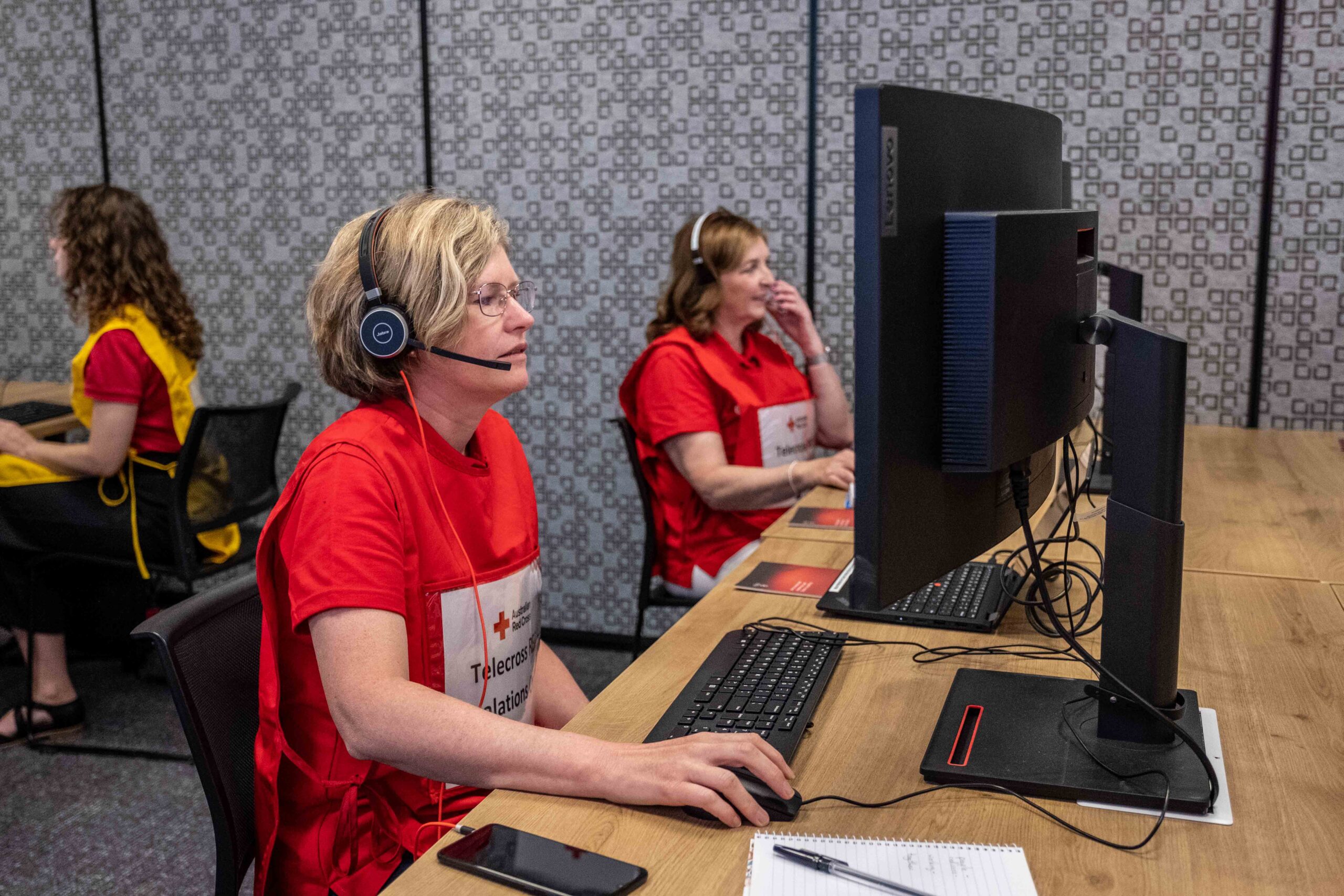Beating the Heat: American Red Cross’ Heat Wave Preparedness in Texas
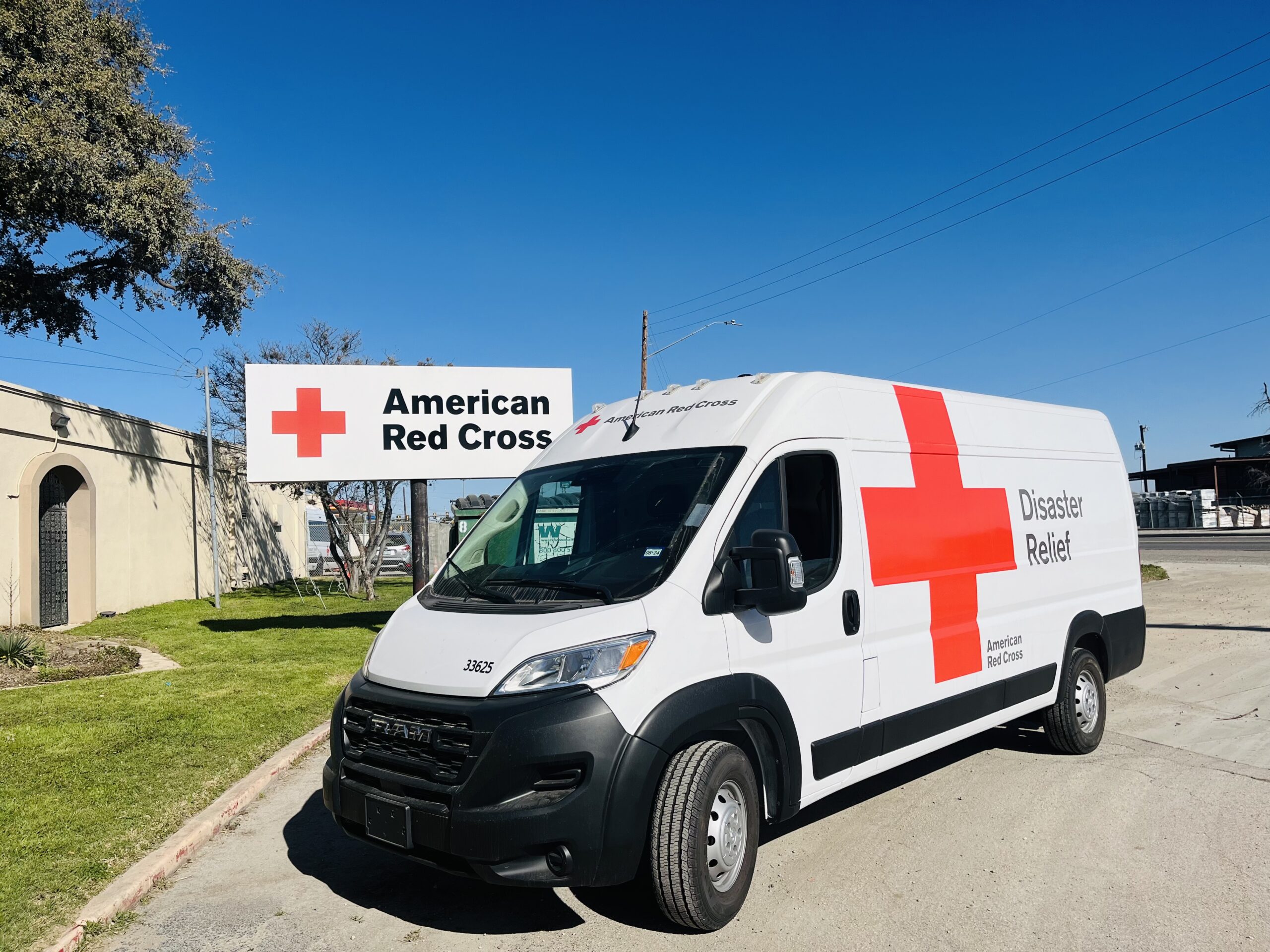
2023 was officially named the hottest year on record, marked by scorching heat waves across the globe. With heat waves projected to increase in both frequency and intensity, preparedness and risk reduction become more crucial to mitigate impacts and save lives. The Global Disaster Preparedness Center (GDPC) asked Red Cross Red Crescent (RCRC) National Societies to reflect on their response to 2023 heat waves and share lessons learned to better prepare for future extreme heat events.
This case study delves into the preparedness and response initiatives undertaken by the American Red Cross of Central & South Texas Region during the 2023 heatwaves, which pushed temperatures to a staggering 128°F (53°C). The focus is on showcasing effective strategies and drawing insights from the lessons learned to improve preparedness for future heatwaves.
Context
In the United States, heat waves increased from an average of two per year during the 1960s to six per year during the 2010s and 2020s, according to EPA data. The effects of heatwaves are far-reaching, impacting access to food and water, healthcare, and increasing risks like heat exhaustion and heat stroke. Alarmingly, the EPA data reveals that "heat is the leading weather-related killer in the United States, even though most heat-related deaths are preventable through outreach and intervention."
Texas was among several other states in the USA that experienced scorching heatwaves in the summer of 2023. The 2023 heat wave set all-time record highs in some parts of Texas where weather observations have been recorded for over a century. Cities like Austin and El Paso had streaks of over 40 consecutive days with temperatures above 100°F (38°C), while Houston and Dallas–Fort Worth had over 20 consecutive days of intense heat.
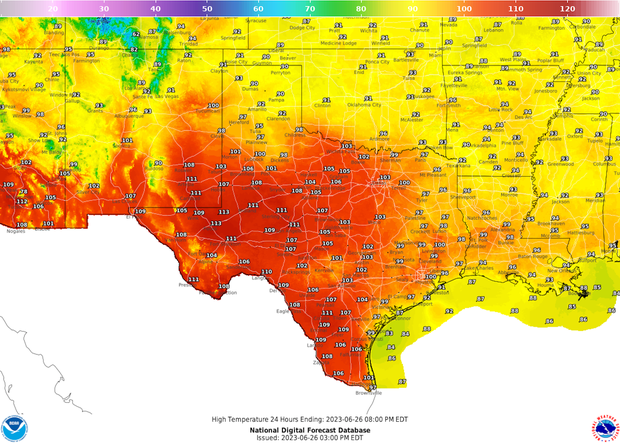
The 2023 heat wave resulted in a record number of heat-related deaths since they started tracking this information in 1989. According to the Texas Department of State Health Services, 334 people died, which is more than double the number from the last deadliest heat wave in 2011, when 160 deaths were recorded.
The effects of heat were multifaceted in Texas: besides the heatwaves with no cooling effect during nighttime, heat-smog pollution increased all over the state. At the same time, Texas deployed warnings due to increased stress on the power grid due to high usage and concerns for dam safety and infrastructure integrity. With heatwaves becoming longer and starting earlier in the year, there are smaller time windows to conduct repairs and maintenance.
The state experienced an extreme drought, which increases the risk of wildfires, puts more pressure on farmers to increase supplemental feed and water for livestock, while dealing with decreased yields for irrigated crops. Texas also reported severe losses of fish, plants, and wildlife.
Social effects have also been observed in communities, like increased violent episodes. The National Bureau of Economic Research analyzed the correlation between increased heat and child neglect. There are also reports that crime and aggression alerts increase during heatwaves in the state.
The American Red Cross Response in Texas
During the sweltering summer of 2023, the American Red Cross of Central & South Texas Region launched a targeted outreach campaign to help the 9.4 million residents they serve to understand and mitigate the risks posed by extreme heat conditions. Danella Hughes, the Regional Disaster Officer for ARC Central and South Texas Region, identified the intense heat waves as one of the primary challenges the Red Cross grappled with throughout the summer of 2023, alongside residential fires and wildfires.
Integrating Heat Safety into Existing Community Outreach
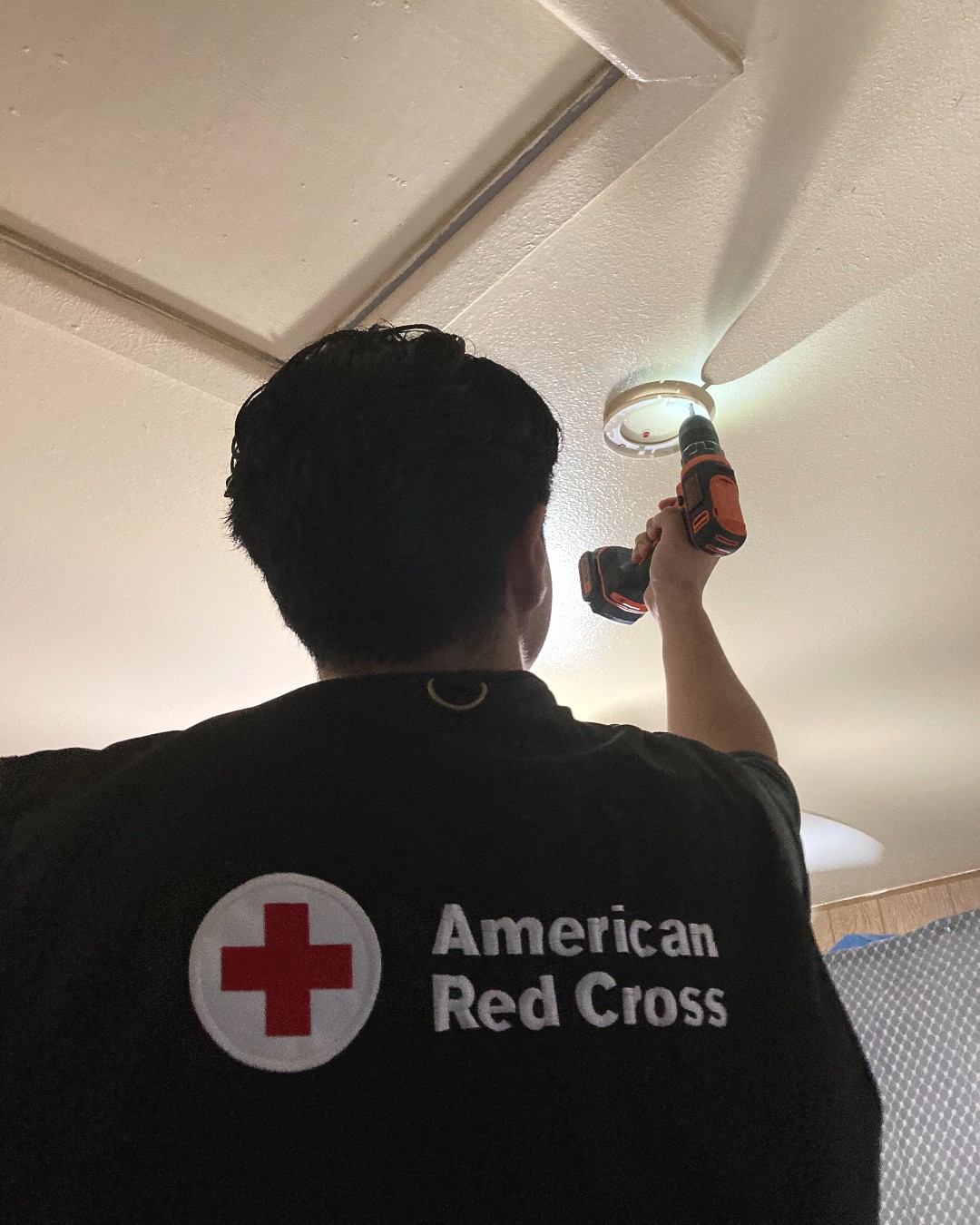
To address the sweltering heat, the Red Cross strategically incorporated extreme heat education into their annual Home Fire Campaign outreach efforts. While this campaign normally focuses on home fire safety, during the heatwave season, they added heat stroke education and heat risk prevention messaging to maximize the impact of their community engagement initiatives.
The outreach spanned several major cities across the region, including Austin, Waco, San Antonio, and El Paso. However, reaching all communities across the vast Texas landscape remained challenging due to the Region’s large service area and the considerable distances involved. For example, driving from Austin to El Paso could take more than eight hours.
The organization also prioritized high-risk areas like Hondo, Marlin, West Odessa, and Moreno based on identified vulnerability factors. In these areas, prevention was crucial due to the weather and geographic conditions. For example, around Odessa, there was a record-breaking 15-day streak of 100-degree days.
Multilayered Approach: Education, Hydration, and Cooling
In these at-risk areas, prevention was key. Residents were continuously encouraged to stay hydrated and assess if anyone needed extra attention based on their response and symptoms during extreme heat days. The Red Cross provided education on both fire prevention (including installing smoke alarms) and heatwave preparedness, addressing the multi-hazard environment.
To offer respite, the Red Cross also created hydration stations and installed outdoor "mister fans" – systems that emit a fine, cooling mist – in public spaces to assist with outdoor activities and provide relief from the heat.
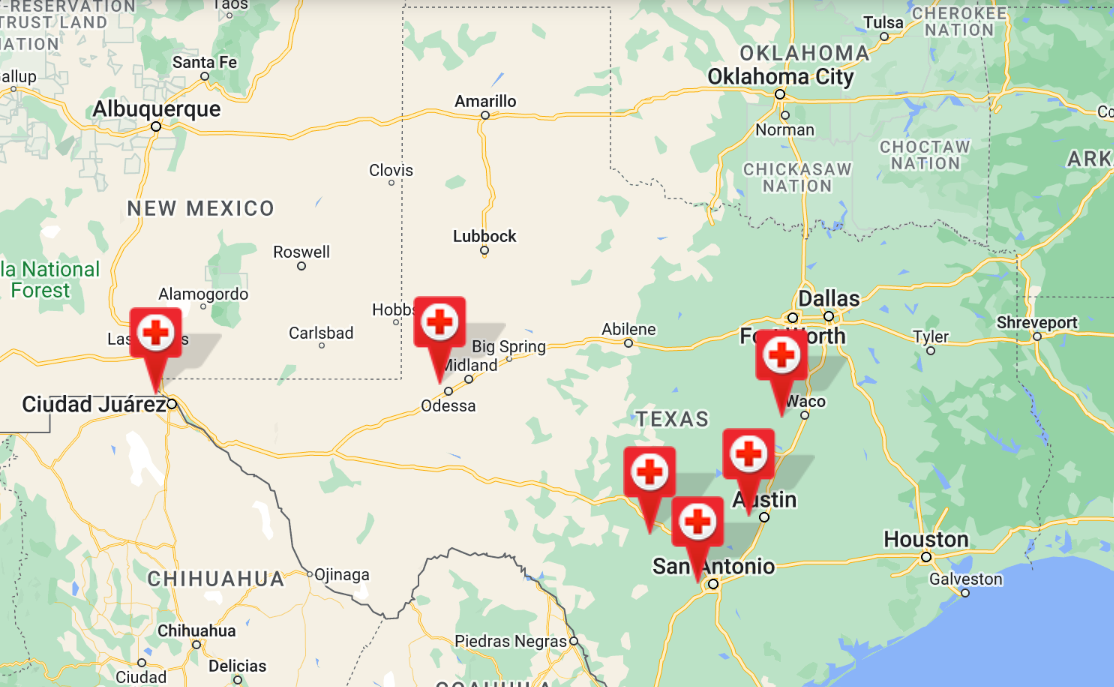
Prioritizing Bilingual and Inclusive Outreach
The Central and South Texas chapters made it a point to deliver for the area's diverse communities. With around 40% of the Texas population being Hispanic, ensuring information was provided in languages spoken at home, like Spanish, was crucial for preventative measures to be understood and acted upon.
Bilingual volunteers and staff proved instrumental in conducting educational initiatives in Spanish, covering topics such as fire escape plans, hydration practices, and fan usage. However, there was an identified need to expand this bilingual approach to the chapter's online presence and social media awareness campaigns.
Messaging provided in both English and Spanish to educate the Texas population on preparedness and prevention during heatwaves.
Despite facing some challenges in expanding Spanish-language content on social media platforms, the Region's new communication director is now driving a strategic campaign to enhance multilingual outreach efforts. Collaborations with key stakeholders, including volunteer interpreters, translators, aim to replicate inclusive messaging across channels.
With the ever-present dangers of extreme heat in the state, exacerbated by Texas' geography and climate patterns, the Red Cross is already making plans for an even more comprehensive multilingual campaign for the 2024 season.
Key good practices
Key Lessons Learned
As 2023 was the warmest year on record globally, projections indicate 2024 may surpass it, increasing the likelihood of longer and more severe heatwaves. By studying other Red Cross and Red Crescent Societies' efforts during extreme heat events, we can adapt best practices to improve our own preparedness for the coming summer and future years.
This is especially crucial for heatwaves. Despite being among the deadliest natural hazards, their negative impact can largely be prevented with the right preparedness and risk reduction measures in place. By learning from peer National Societies, we can fine-tune our systems to face the challenges ahead while sharing best practices across our global network.
Written by: Adriana Mangones | Edited by: Vladislav Kavaleuski


